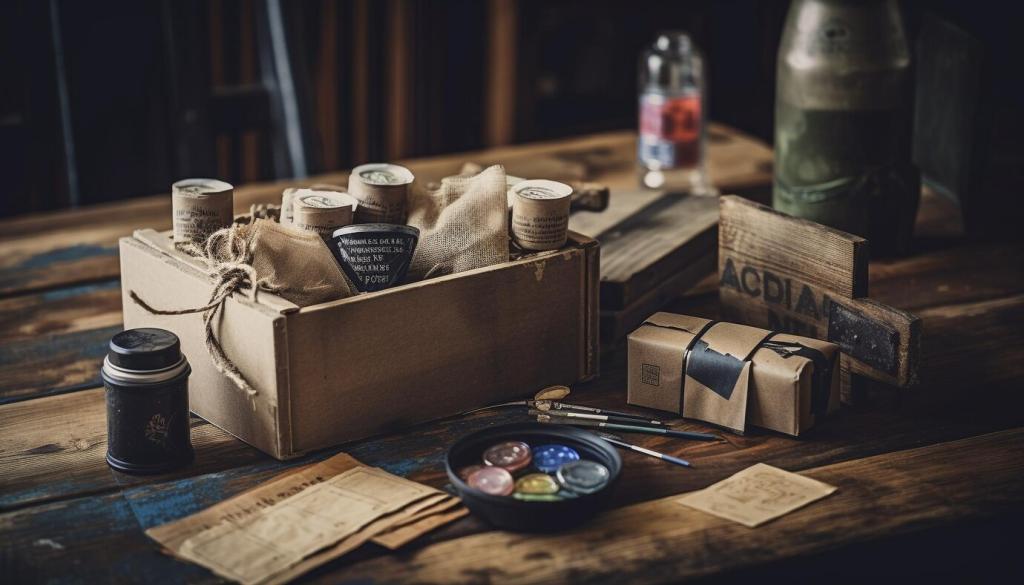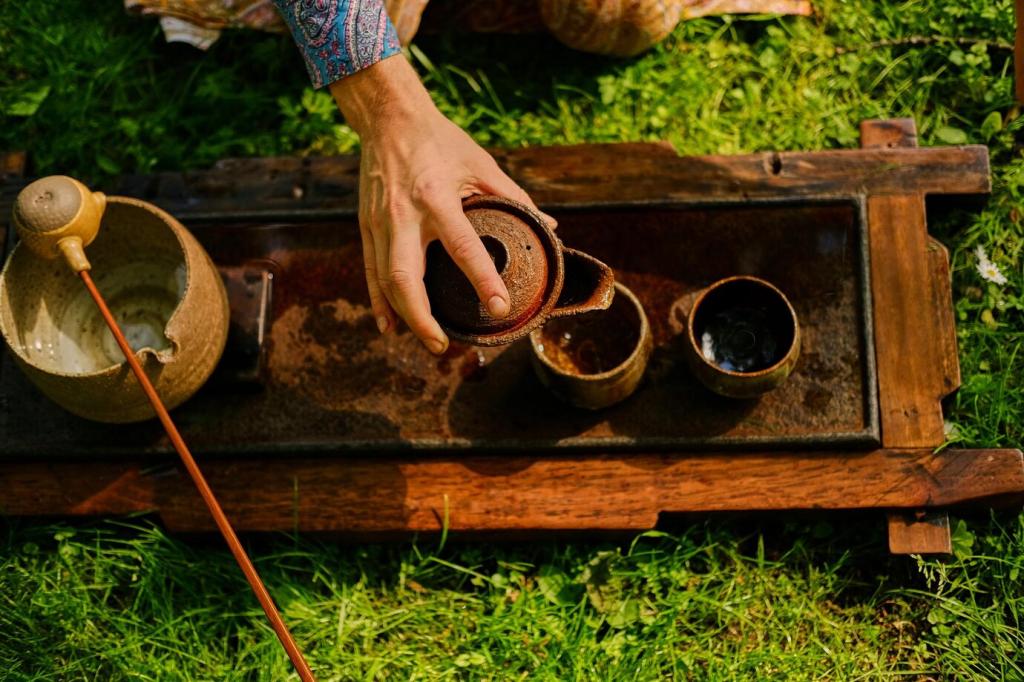Climate Control: The First Line of Preservation
Aim for a steady 40–55% relative humidity and gentle seasonal transitions. Sudden changes cause splits, lifted veneer, and sticky drawers. A small cabinet once warped in a week by a radiator, then recovered slowly with controlled humidity—proof that smart preservation techniques for antique furniture begin with air.
Climate Control: The First Line of Preservation
Avoid direct sunlight and big temperature swings. UV fades dye-stained mahogany and bleaches walnut; heat softens shellac. Use UV-filter film, lined drapes, and thoughtful placement. Protective lighting choices are core preservation techniques for antique furniture living in sunlit rooms.


